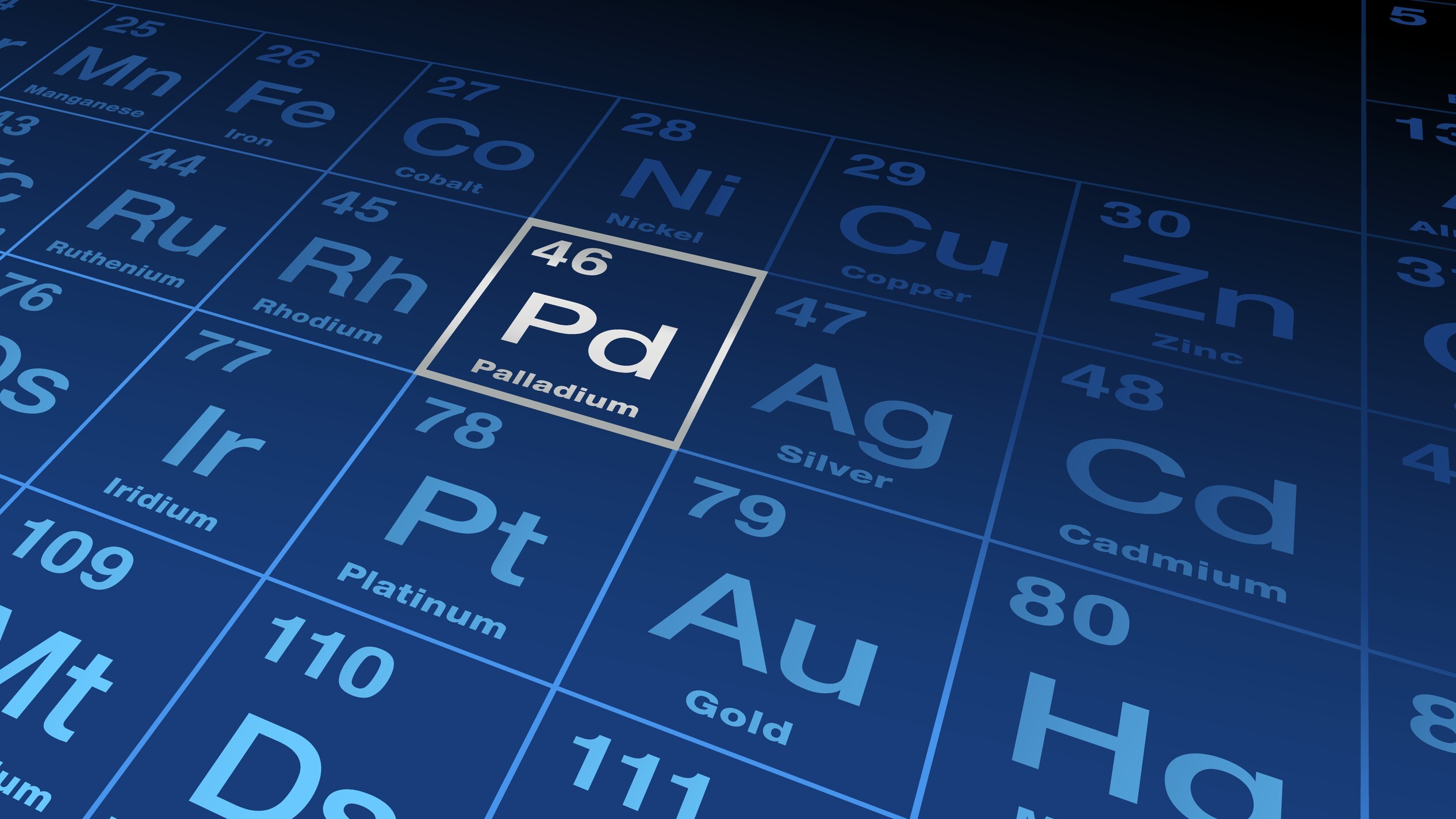
Let's face it: While Moore's Law may not be completely dead, it's been on life support for a while. Long gone are the days of "easy" performance uplifts from improving manufacturing processes and simple transistor size reduction. These days, R&D teams looking to improve semiconductor performance year upon year have to branch out into not only the transistor architecture itself, but also into materials engineering. Exploring elements present in the periodic table might give semiconductors a more performant, smaller, and energy-efficient design than silicon can provide. Now, a research team with the School of Engineering at Stanford has turned to one of the most precious metals on Earth - palladium - as a potential venue for faster, cooler, and more energy-efficient memory architectures.
The research team's approach is based on the assumption that we've transitioned from the Internet era and are already knee-deep in the AI era. According to Shan Wang, the Leland T. Edwards Professor in the School of Engineering at Stanford University, the idea behind the research was to "enable AI on edge – training locally on your home computer, phone, or smartwatch – for things like heart attack detection or speech recognition."
Yet to do that, he added, our current technological crop won't cut it; we need a type of memory that's been on again, off again in the press without a single product being brought to market: memristors. Memristors are a type of non-volatile memory that doesn't require a constant stream of electricity to keep data in its memory banks (check here for a more detailed breakdown of memristor tech). The first author of the paper, Mahendra DC, explained it best: “We are hitting a wall with the current technology,” DC says. “So we have to figure out what other options we have.”
To break that wall, the researchers singled out a compound of palladium, manganese palladium three, as having the necessary properties to finally (they say) enable a memristor design to see the light of day. Part of the checklist pertains to our current semiconductor manufacturing tech: any material being considered for novel semiconductor designs has to deal with the fact that tooling and supply lines are entrenched in the silicon realm. So any alternative compound will ideally be able to be slotted into current manufacturing processes without the need for extensive (and expensive) process changes.
Manganese palladium three fits that bill, yet the most important property of the compound is the way in which its particles are manipulated to become memory storage devices. Information here is derived not from a voltage state, as is the case with standard memory devices such as NAND flash, but by manipulating the spin orientation of the compound's electrons. Essentially, researchers are able to manipulate an electron's magnetic field, bouncing its center between the north and south poles. Then one of these spin directions (north-south or south-north) is made to represent a 1 or a 0 - unlocking the binary system behind computing as we know it. Named "spin orbit torque magnetoresistive random access memory", or SOT-MRAM for a necessary shortening, this spin data storage method has the potential to store data faster and more efficiently than current technology allows - and at higher densities as well.
Of course, there's one big caveat in all this research: Palladium is currently almost as expensive as gold, but is also a much rarer commodity. To make matters worse, 40% of the world's palladium is currently mined in South Africa, with 44% more being mined in Russia. So palladium availability might itself be a problem from the logistics and geopolitics side of the equation. Beyond that, increased demand for palladium for SOT-MRAM would certainly drive its price up even higher. All off this will need to be considered when pursuing novel transistor designs.
All in all, the research is promising, but like all memristor news in the last decade (and longer), it seems that we're still standing at the beginning of the proverbial yellow brick road. Whether or when we see the castle at the end, well, that's for the future to tell us.







